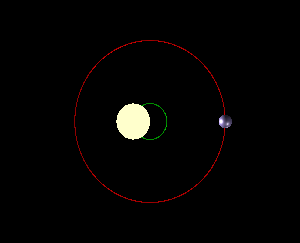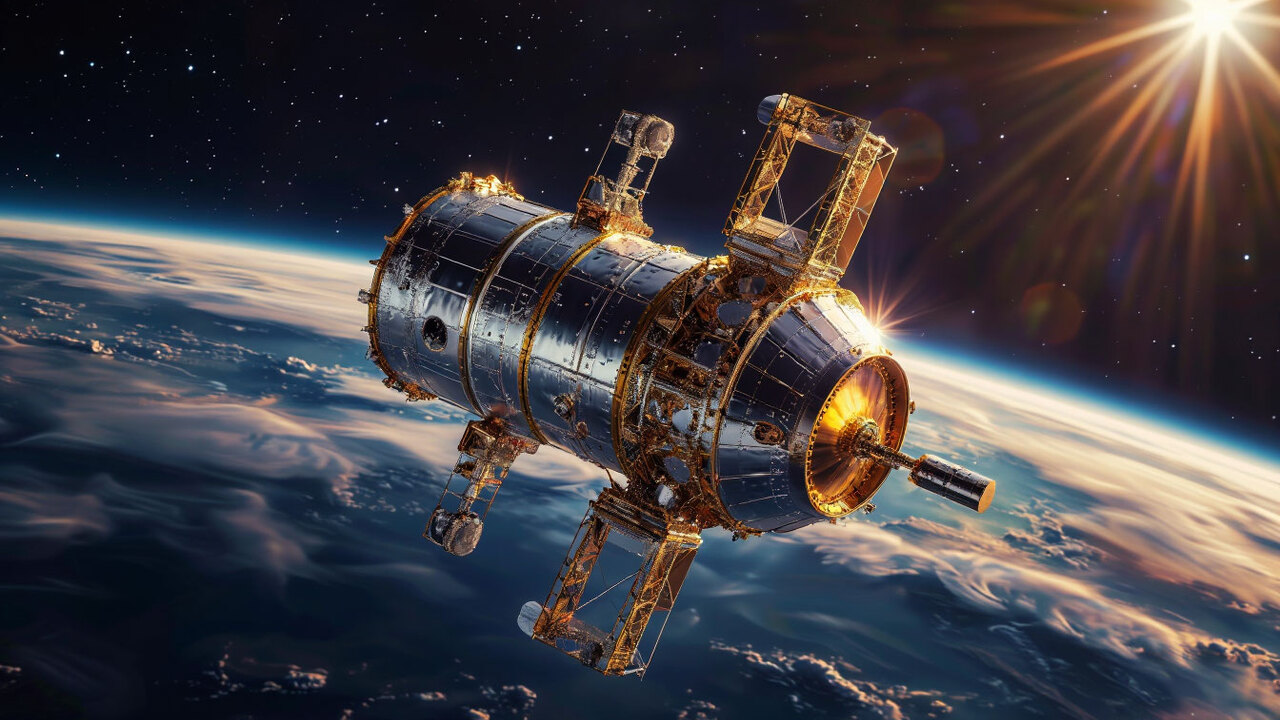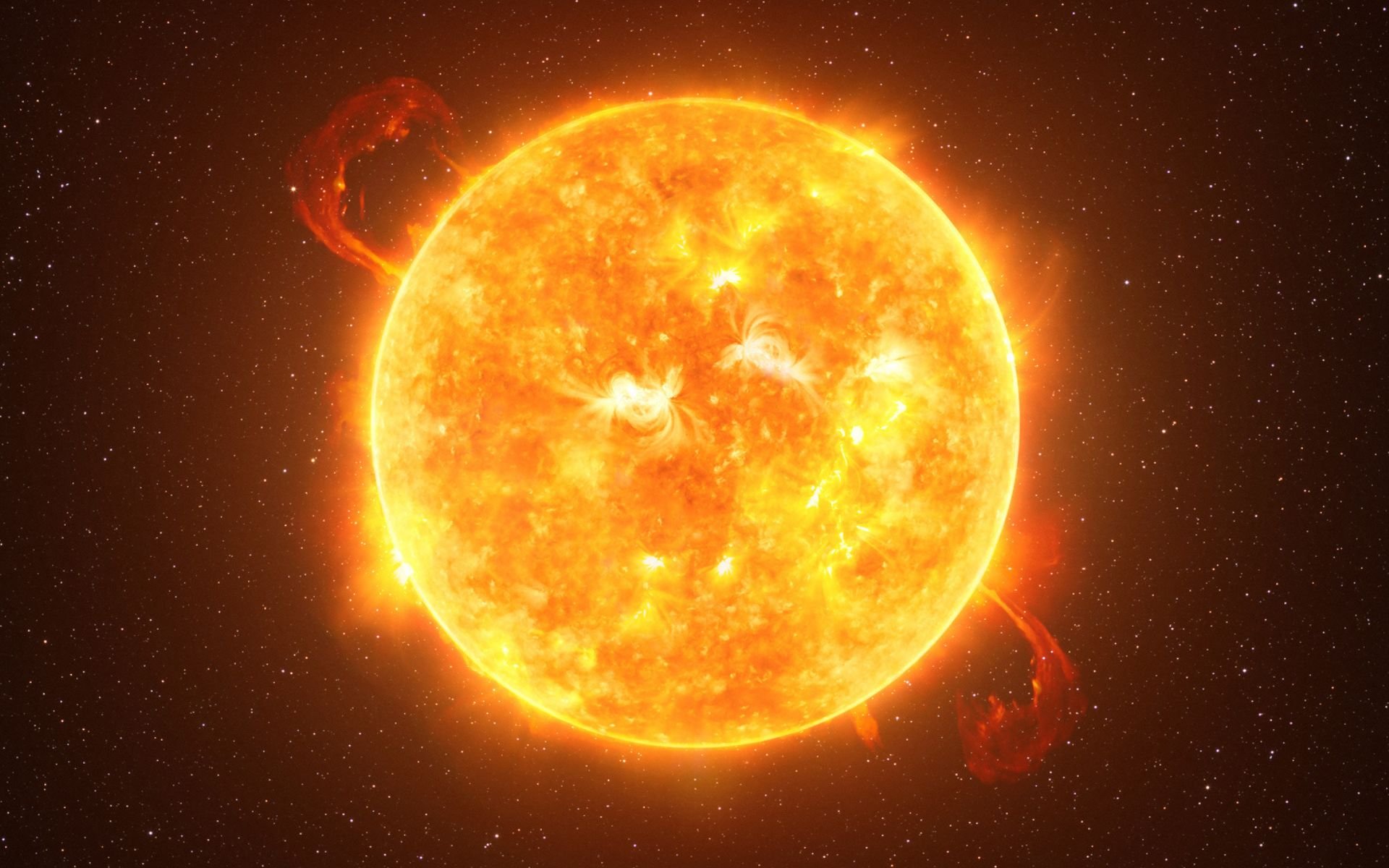Since we know the world, The sun remains in the same position in the sky, at least from the perspective of those on Earth. Despite this, it is a star that is constantly dynamic and changing, sending energy through radiation to different parts of space, including our planet; After all, it is what allows us to wake up alive every day.
With a diameter of approximately 1.4 million kilometers, it is not surprising that the Sun is considered the largest cosmic object in our star system.. Although it appears to be static in the sky when viewed with the naked eye, The most important star in the Solar System is far from dormant; In reality, the huge cosmic structure is responsible for many processes occurring in space..
Scientists know that the apparent motion of the Sun on Earth is not caused by its own activity, but by the Earth’s rotation around the star’s orbit. Well, the movements that cause sunrise and sunset do not result from the rotation of the Sun. After all, does the Sun make any movements in the Solar System?
To further explain this possibility, TecMundo gathered information from scientists and experts in the field. Check out!
movement of the sun
To answer simply: Yes, the Sun moves within the Solar System. The limited oscillatory motion of the star is responsible for the gravitational effects of the planets. Those orbiting it, such as Earth, Mars, Jupiter, and other celestial bodies in the system.
However, it is important to emphasize that the motion is not as fast as Earth’s. It would take approximately 230 million years to complete one revolution around the Milky Way, even at an impressive speed of 720,000 kilometers per hour. For example, while the cosmic body rotates around its own axis with an inclination of 7.25 degrees, the Earth rotates around our galaxy.
In other words, although the huge celestial body moves around the center of the Milky Way at a speed of approximately 720 thousand kilometers per hour, its movement on its own axis is slower than that of the Earth. It can take millions of years for the Sun to complete an orbit, but our planet completes this journey in just 365 days; This is without taking into account that the Earth completes a complete rotation in 24 hours.

“The Sun orbits the center of the Milky Way, bringing with it planets, asteroids, comets, and other objects in our solar system. Our solar system is moving at an average speed of 450,000 miles per hour (about 724,204 km/h). But even at this speed, it takes the Sun approximately 230 million years to make a complete revolution around the Milky Way,” NASA explains in a release.
How long does a rotation day last?
As the United States National Aeronautics and Space Administration (NASA) explains, the Sun is not completely solid, so its different parts rotate at different speeds. The star rotates around its axis once every 36 Earth days, while each complete rotation in the equatorial region takes 25 days.
In comparison, Neptune has the longest orbit compared to its neighbors; It takes 164.8 years to rotate. Mercury’s planetary orbit is considered the shortest, completing a year in just 88 days.
Scientists have discovered that the Sun is not static since the 17th century, when Galileo Galilei studied the celestial body and observed a process essential to the solar cycle., sunspots. While watching the Sun through his telescope, he observed that spots came and went. Currently, scientists still use sunspots to measure the orbit of the fireball.
Since it is an object composed of densely ionized gases such as hydrogen and helium, it rotates in a completely different way than the planets in the Solar System. Researchers state that it rotates with a movement called ‘differential rotation’ because the rotational movement occurs at different speeds in different regions. The layers inside also rotate at different speeds. In short, the Sun and the rest of the Solar System move around the center of the Milky Way.
“Motion is always relative to the reference frame. The solar system rotates around the center of the Milky Way (our galaxy), but even within the solar system framework the Sun is not completely static due to gravitational interaction with other bodies. It is due to the large mass difference between the Sun and all other bodies in the solar system Therefore, the Sun is the main gravitational attractor and is largely unaffected by the gravity of any other planet,” said solar scientist Patrick Antolin. Northumbria British University said in a message posted to its website space.
Did you like the content? So always stay up to date with more curiosity about the Sun at TecMundo. If you wish, take the opportunity to explore the places where the Earth receives the least sunlight.
Source: Tec Mundo
I’m Blaine Morgan, an experienced journalist and writer with over 8 years of experience in the tech industry. My expertise lies in writing about technology news and trends, covering everything from cutting-edge gadgets to emerging software developments. I’ve written for several leading publications including Gadget Onus where I am an author.













